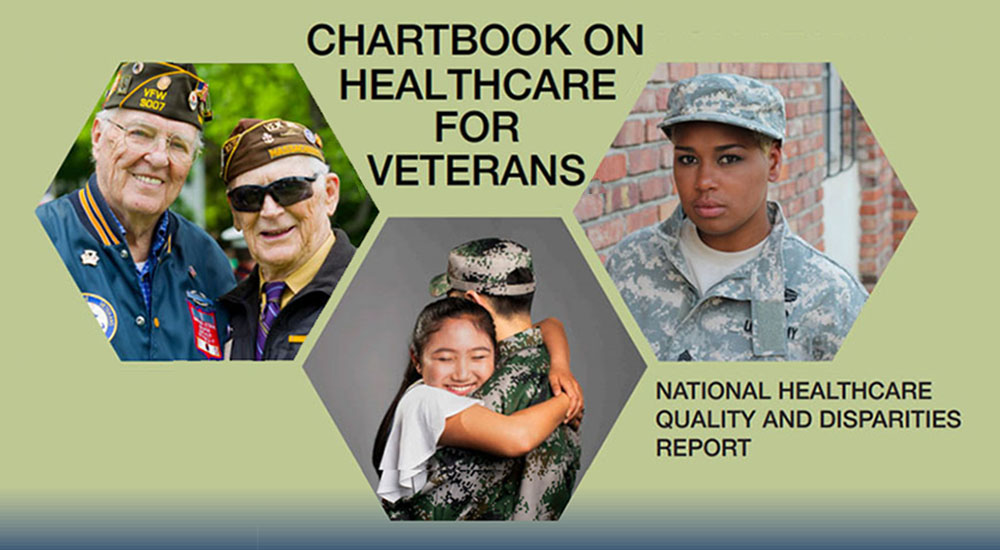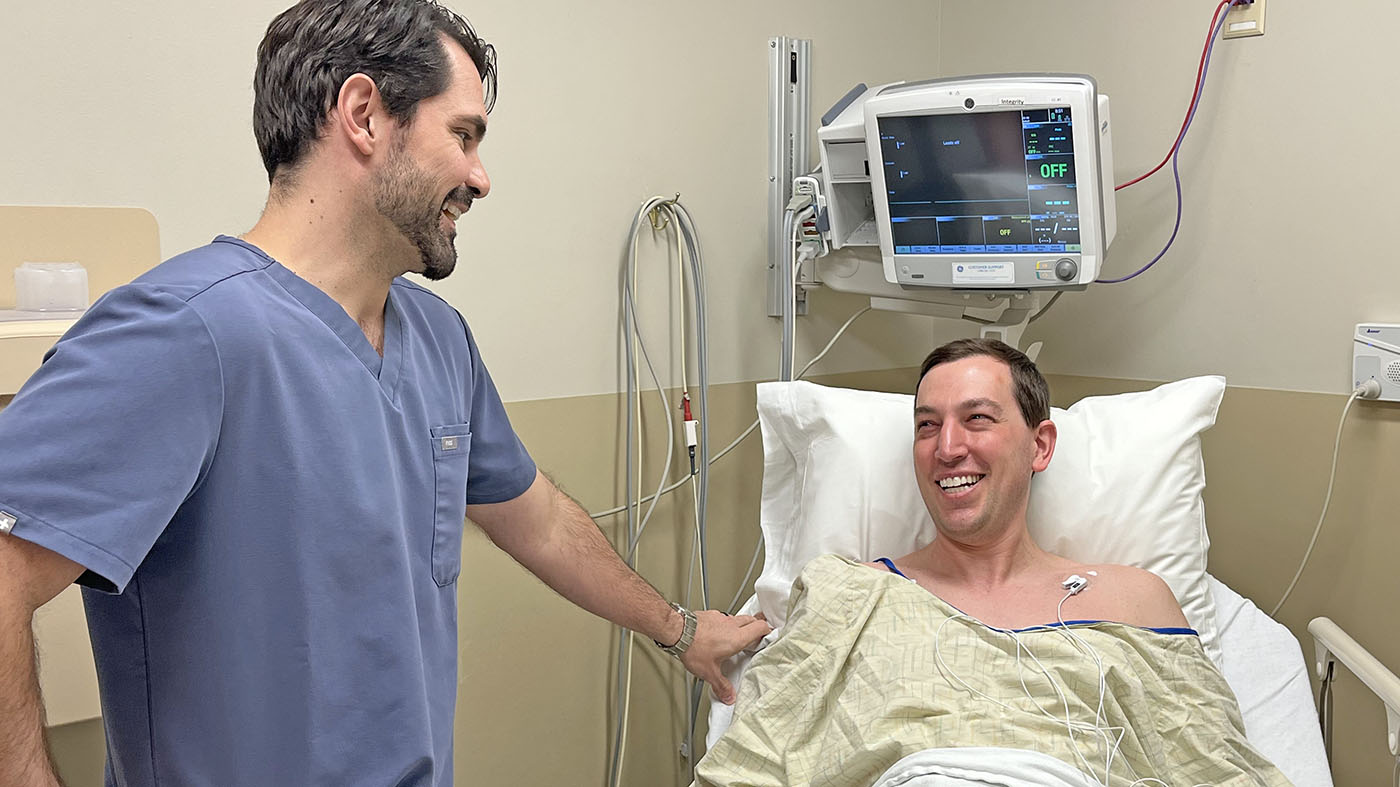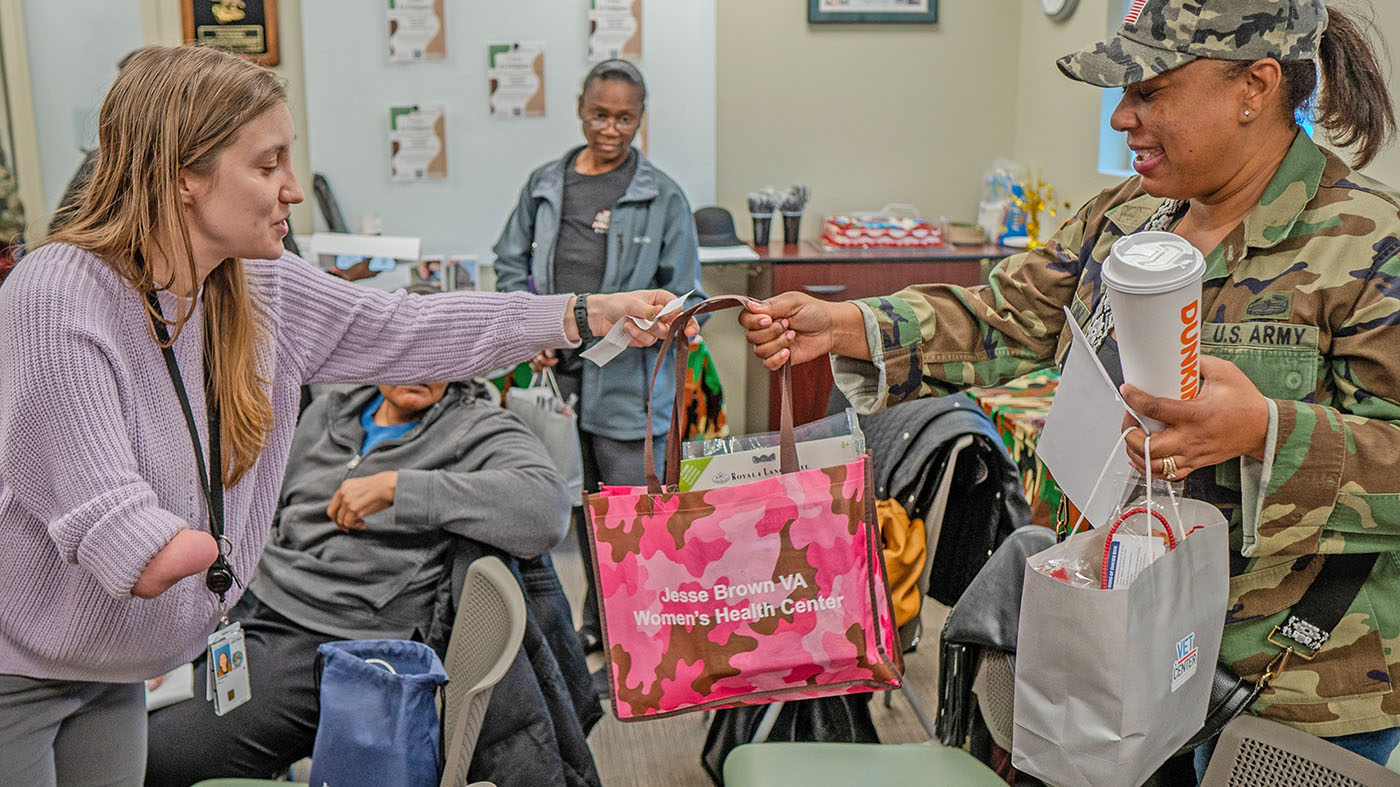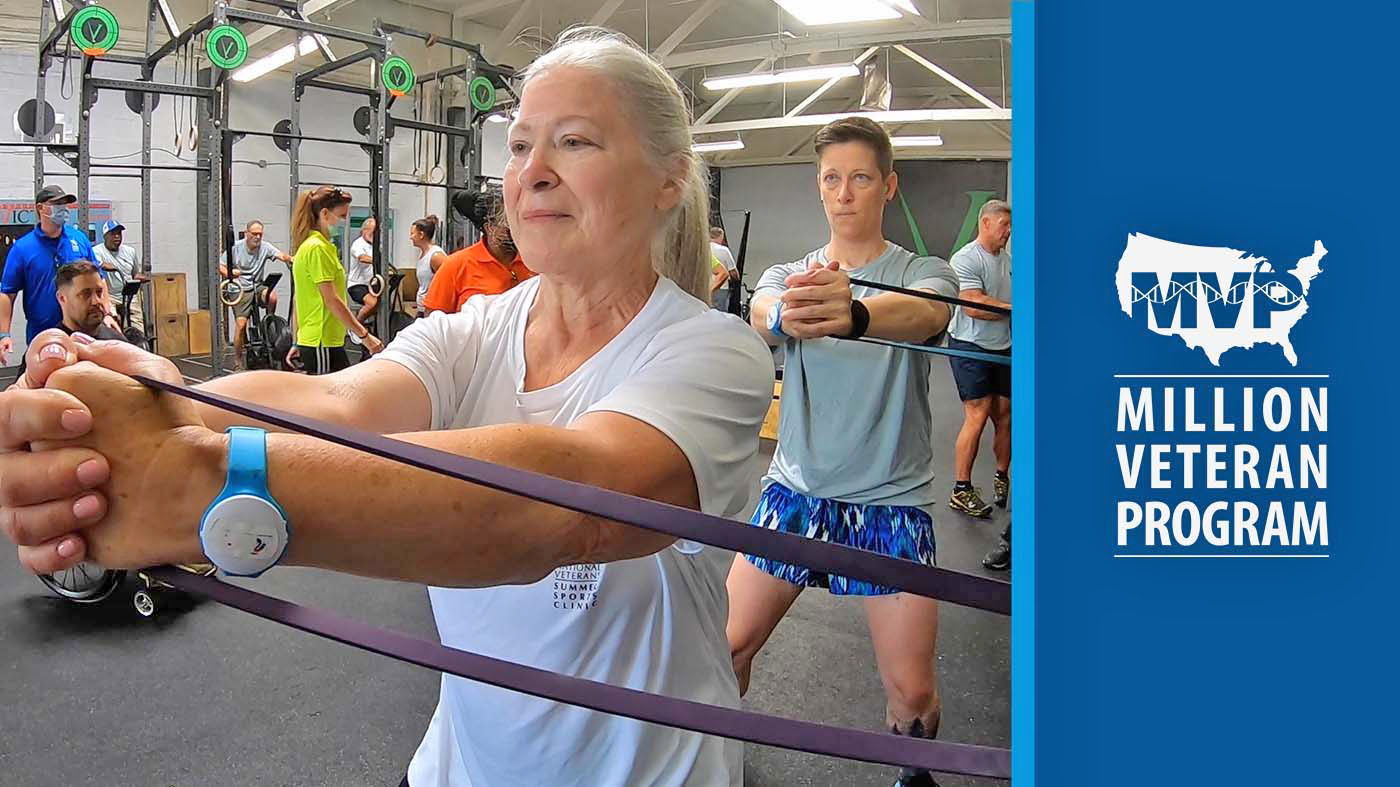A new Chartbook report identifies disparities in health care quality related to age, sex, race and ethnicity. It also confirms Veterans have greater health needs, but receive better care than non-Veterans. This information is critical to enable providers and stakeholders to improve care for all Veterans.
This year, the VHA Office of Health Equity, the Agency for Healthcare Research and Quality (AHRQ) within the Department of Health and Human Services, and the National Healthcare Quality and Disparities Inter-Agency Workgroup teamed up to develop the first-ever chartbook that explores the quality of health care Veterans receive with non-Veterans, access to care and mortality rates.
The Chartbook on Healthcare for Veterans is part of the National Healthcare Quality and Disparities Report, which is produced annually by AHRQ by Congressional mandate.
Closing the gap in health care disparities
“The Chartbook clearly shows clinicians, Veterans and the public how VA is closing the gap in health care disparities among Veterans,” says Dr, Carolyn Clancy. Clancy is the Assistant Under Secretary for Health, Discovery, Health and Affiliate Networks. “However, it also shows where improvements are needed.”
The Chartbook examines 65 quality measures, such as whether patients received the vaccinations, counselling and screening that they need. It compares care received by Veterans and non-Veterans. It also identified differences in care among different groups of Veterans and among Veterans receiving care at VA.
The report also studied disparities in experience with chronic pain and the prevalence of conditions, including cancer, hypertension and diabetes, between Veterans and non-Veterans.
Veterans have higher health care needs
Compared with non-Veterans, Veterans are more likely to be disabled, smoke, have chronic pain and report less than very good health. Veterans under age 65 have higher rates of arthritis, high cholesterol, hypertension and heart disease. Those receiving care at VA are more likely to have post-traumatic stress disorder, substance use disorders and schizophrenia than the general US population.
Veterans receive better health care
Compared with non-Veterans, Veterans are more likely to receive many needed services, including immunizations, screening and counselling. However, they are more likely to report difficulties contacting providers by telephone. They’re also more likely to receive prescriptions for opioid medications.
Clancy observes, “That disparities in VA are modest to the private sector is reassuring, but more-focused efforts are needed.”
Younger Veterans and disabled Veterans have more difficulty getting care
Veterans under age 65 are less likely than older Veterans to receive dental care, vaccinations and screening. Disabled Veterans are less likely than Veterans without activity limitations to receive dental care and vaccinations.
Disparities among Veterans related to sex and race/ethnicity are less common and typically smaller than disparities among non-Veterans.
Younger Veterans and female Veterans receiving care at VA report more problems with access and person-centered care
VHA users under age 65 are less likely than older users to report getting care as soon as needed and getting care on evenings and weekends. The same is true of female VHA users compared to male users. They are less likely to report receiving follow-up for tests, but report that office staff were helpful and treated them with courtesy and respect.
Veterans of color receive better quality care than people of color who are not Veterans
Racial/ethnic disparities seen in the general population do not exist or are much smaller among Veterans. However, Veterans of color receiving care at VA report more difficulty getting care as soon as needed compared with white Veterans. This is especially true when getting care on evenings and weekends.
They are also less likely to report receiving follow-up for tests, but report that office staff were helpful and treated them with courtesy and respect.
While Veterans often have high health care needs, many are able to access high-quality services. However, specific groups seem to have more difficulty getting needed services. This was most notable among younger, female, disabled and minority Veterans.
The VA Office of Health Equity will use this information to partner with VAMCs and program offices. Together, they will work to improve outreach to Veterans in need. Providers and stakeholders may use it to make informed decisions that improve care and eliminate inequities for Veterans.
Download the complete Chartbook on Healthcare for Veterans in PDF and PowerPoint formats.
Shannon M. Jordan, MPH, is a program analyst for the Office of Health Equity.
Topics in this story
More Stories
Navy Veteran and president of the American Medical Association got a colonoscopy and encourages other Veterans to do the same.
Chicago Vet Center and VA gave women Veterans information on VA services available to them.
MVP’s research informs personalized care for Veterans, supporting whole health and beyond.






